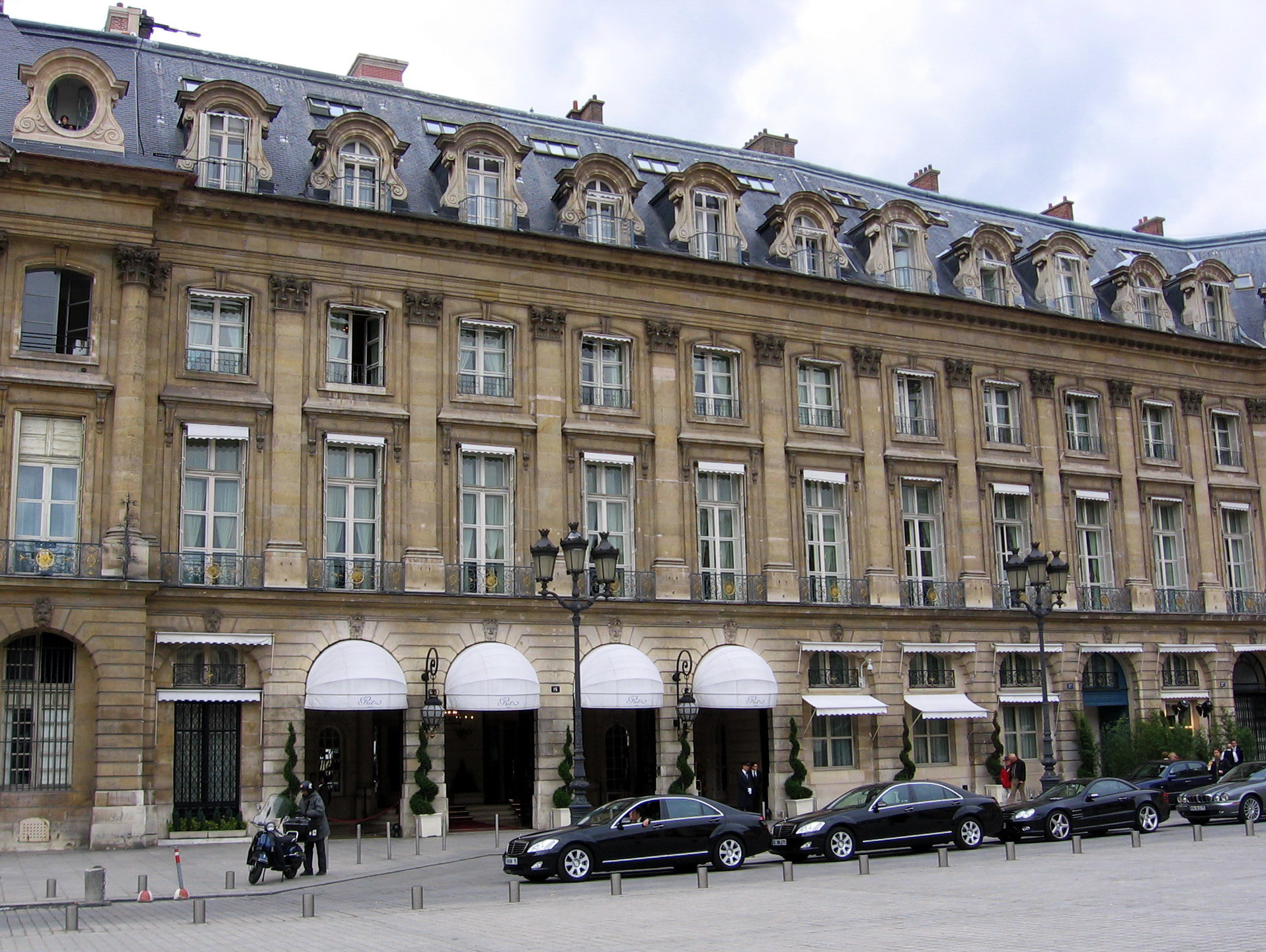It is almost impossible to discuss late Nineteenth Century food without talking about George Auguste Escoffier. But why? Unless specifically looking for a recipe for
Peaches Melba, it is almost impossible to find specific recipes tied to his name.
The reason lies in organization.
Careme was the original chef to write down french cuisine. He meticulously organized it, for example writing down sauces by
"Mother" Sauce: Bechamel, Veloute, Espagnole, Hollandaise and Mayonaise, and vinaigrette. To this day, if you know how to make each of those sauces, you can make any other sauce based in European cuisine...they are all variations on those five! He also was famous for breathtaking
edible centerpieces (an important part of great dinners of the day), and for being the first to heavily illustrate his cookbooks, giving chefs an end result to aim for, rather then just directions.
Escoffier took Careme's ideas, the ultimate in French cuisine for almost one hundred years, and improved them. Instead of simply encouraging cooperation between portions of the kitchen, he seems to have been inspired by Edwardian modernization in other fields. The kitchen under Escoffier became a well-oiled machine, meticulously organized to turn out dishes in courses, requiring a feat of communication and skill in the kitchen. This method was called
Service a la Russe, and was impressive in that hot dishes were served pipping hot, and cold dishes cold, as soon as they were wanted, rather then the impressive display of previous generations, which made room temperature dishes more advantageous, since there was no knowing when diners would get to a particular item. It's also the basis of fine meals today, starting with an appetizer (designed to prepare the pallet for what will follow), then soup, salad, and so forth. He was known for his great attention to detail, often working up menus personally,
based on the tastes of the diners.
 |
| The Hotel Ritz, opened by Ritz and Escoffier in 1898 |
An excellent example of Escoffier's influence would be the menus served on the Titanic, as well as the famous hotel restaurants for the Ritz and Savoy hotels. In fact,
Escoffier and Cesar Ritz were friends for many years, both seeking to reform and modernize their professions. This relationship may have also influenced Escoffier's invention of the a la carte restaurant, allowing diners to choose their meal for the first time. In essence, the way modern food is presented, served, and handled in the kitchen, we owe to George August Escoffier. An for this reason, many groups hold yearly dinners in his honor to this day.
For a more detailed biography, look here.
A translated compilation of Escoffier's writing is available from Amazon here.




2 comments:
GREAT post Jesse! You sure did manage to dig out a few golden goodies in this one. I must check out that Melba recipe.
I did a post about Escoffier a while back but my favorite was the one I did about Cesar Ritz for his birthday. Here's the link if you would like to see it.
Ooo...great post Louise! Thank you so much for linking it!
Post a Comment